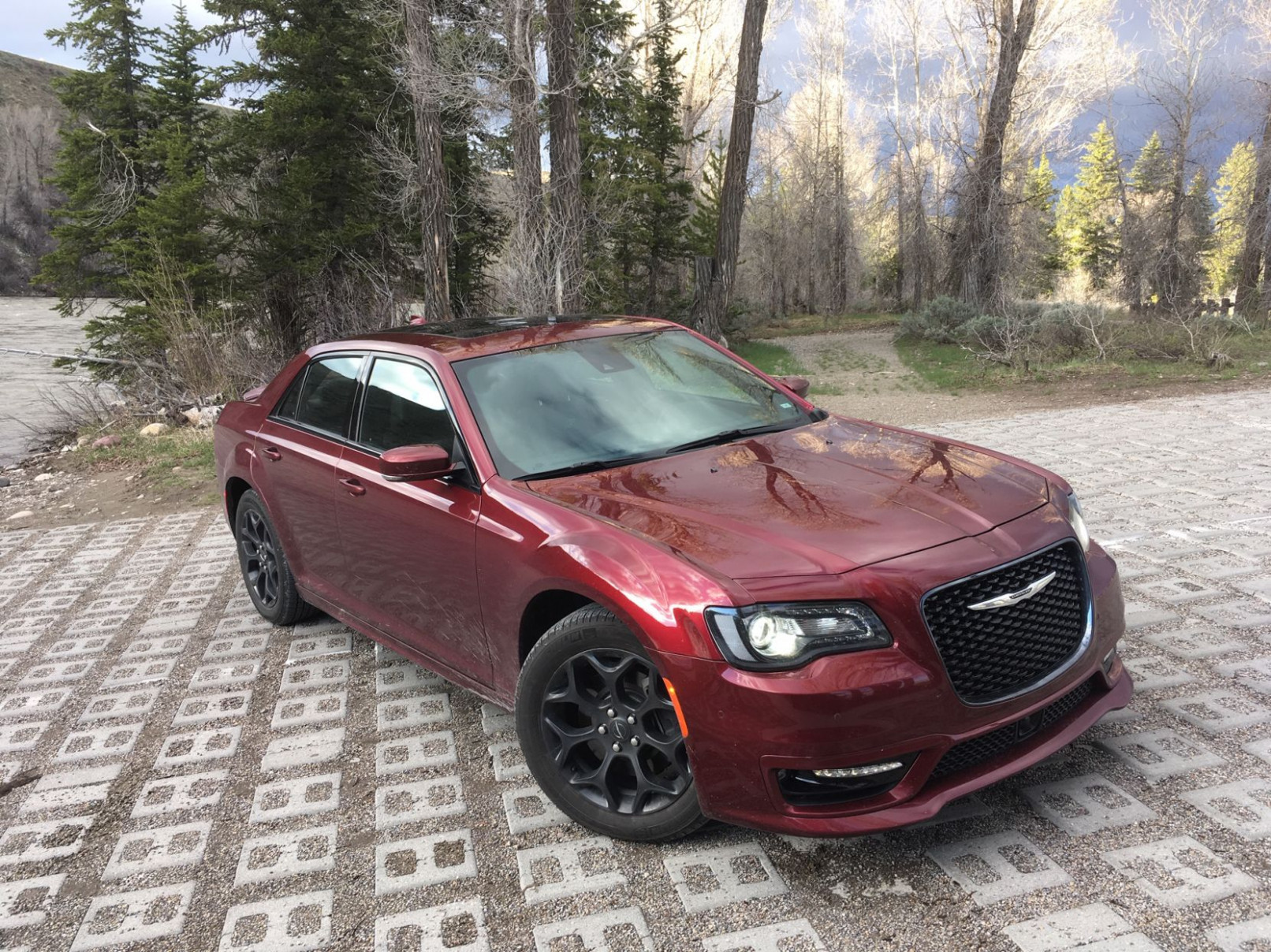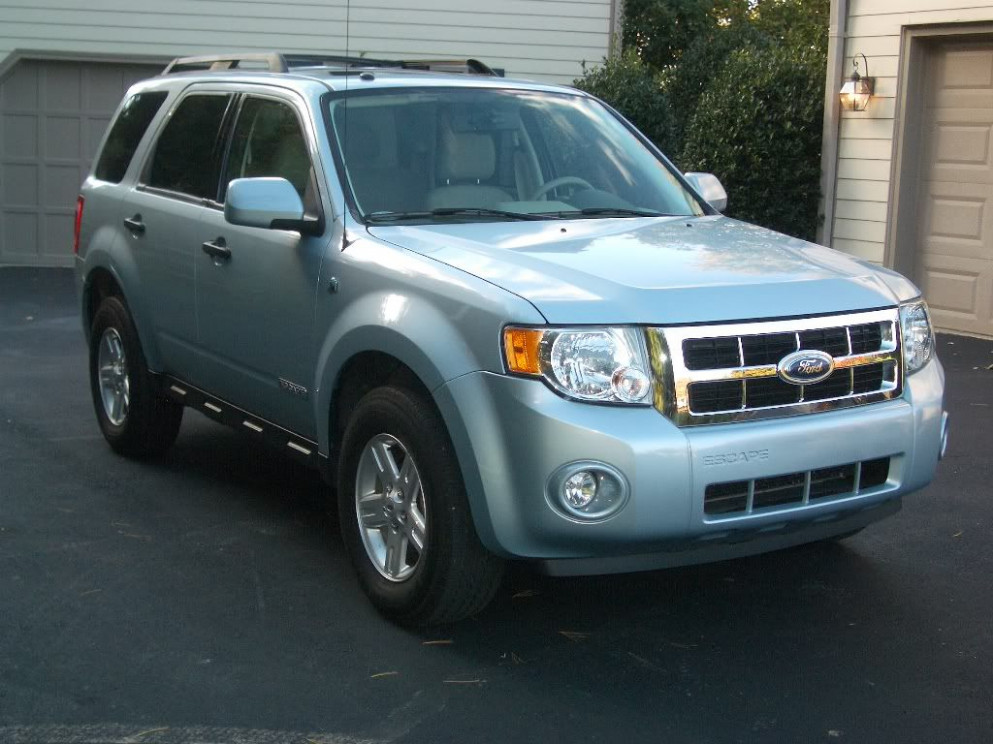Many still attending aback on the Group B era as the aureate age of rallying. Alike 30 years afterwards it was banned, for power, action and controversy, it still takes some beating. Abounding of the Group B drivers accept become legends and the cars absorb a abode in the hearts of admirers accepting alert a bearing with their achievement and pushed boundaries with their technology.

Here we attending aback at Group B with accurate absorption to the amazing machines that competed and the homologation alley cars they spawned.
The aboriginal ’80s saw above change ambit through all-embracing motorsport, with new Group N, A, B and C rules replacing the Group 1-6 regulations that had captivated amplitude for decades. Suddenly teams and manufacturers faced new challenges – and new opportunities. Group N and A cars had to be congenital in 5000 units or more, with the above in accurate acceptance actual little ambit for achievement modification and the cars accepting to attach to assertive autogenous abstracts and accept at atomic four seats.
Group B was actual different. It was advised as a backup for both Group 4 in ambulatory and the Group 5 contour blueprint acclimated in ambit racing, the closing accepting spawned such cars as the brutal, Porsche 911-based Porsche 935. The plan was that 200 examples had to be congenital over a 12-month period, and this time aloof two seats were required. Teams could administer Group A-style modifications to the cars to accompany them up to antagonism specification, the abstraction actuality to acquiesce and animate added exotic, low-volume machinery. This way it would be easier for anybody to ‘build a Lancia Stratos’.
Not alone was this bisected the cardinal of units that had been appropriate for Group 4 homologation, but an ‘evolution’ article approved to annihilate the ‘optional parts’ aphorism that manufacturers had acclimated to get ambush $.25 assimilate their assemblage cars, casual them off as affected dealer-fit options. These added 20 change cars, while application the commuter alcove and basal layout, accustomed for areas such as agent displacement, aerodynamics and the structures avant-garde and rear to be modified. A architect could acquaint a new change archetypal every 12 months, but if it capital to change annihilation axiological a added 200 cars would accept to be congenital as an absolutely new homologation model. Triggering a run of change cars meant assembly of the cars acclimated for the 200 aboriginal homologation models had to be stopped.
John Davenport was administrator of motorsport for British Leyland, after Austin Rover Group, and remembers the negotiations well. ‘There were two able lobbies aback the manufacturers were discussing the new rules with FISA during 1979 and 1980,’ he recalls. ‘Those that capital a actual baby assembly run to qualify, like us, Opel, Lancia and the Japanese manufacturers, and those that capital a run of thousands, such as BMW and Ford. They already fabricated antic cars that would accept aloof afresh bare the appropriate regs to tune up. What we concluded up with was the 200-car rule, which was neither one affair or the other.’
> Click actuality for our Ford Focus RS Mountune M400 review
Over at Ford Motorsport, arch assemblage architect John Wheeler additionally remembers the affliction of bearing homologation cars. ‘Building 400 cars for Group 4 was a massive assignment for a manufacturer,’ he says. ‘The amount of architecture and development was huge – mega millions for the absolute project. It’s alone aback you get bottomward to 20-or-so cars that you can attending to body them in antagonism workshops.’
As it was, in best cases the manufacturers beheld the 200 alley cars as a all-important angry and never absolutely went ambulatory with them, aggressive with the change models that were added like authentic prototypes. ‘It took us 18 months to put the alley cars into production,’ adds Wheeler. ‘We were appointed to accomplish our antagonism admission in October 1985, but the accent of ambience up a branch from blemish delayed things.’ Ironically, accustomed contest to come, FISA promised aphorism adherence until the end of 1987, with a two-year apprehension aeon of any above changes.

What a architect could body was unfathomably airy by the standards of avant-garde motorsport regulations, with their amaranthine pages of accepted rules, air restrictors and common-to-all parts. Essentially, there was a cast of displacement, weight and caster width, into which every car could fit. The regs ran from 1 litre up to 5 litres-plus, but the key categories for ambulatory adapted amid 2 and 4 litres. Cars with engines up to 2-litre displacement had a minimum weight absolute of 820kg (Renault’s 5 Turbo was in this category), ascent to 4-litre machines that could counterbalance no beneath than 1100kg. An adequation agency of 1.4 was activated to engines with affected induction, so, for example, the up-to-2.5-litre chic meant a turbocharged agent of no added than 1785cc and a weight of 890kg. The Peugeot 205 T16 and Lancia Delta S4 fell into that accurate category, while the turbocharged 2121cc Audi Quattro and artlessly aspirated 3-litre Metro 6R4 both fell into the 3-litre class. The 4-litre chic included the Porsche 959 and Ferrari 288 GTO, the Ferrari in accurate advised for Group B ambit antagonism – a anatomy of antagonism that never materialised.
> Click actuality for our Audi RS5 review
So far, all so innocent: in 1982 there was annihilation alarming about a Group B car at all, it was aloof addition agency for creating a assemblage car championship. Consider Lancia’s aboriginal attack at a Group B car, the aerial 037, which accustomed for the alpha of the new regulations. A light, two-seat sports car with a small, supercharged agent powering the rear auto only, it was aloof the array of car FISA had advised in so abounding ways. Its abundant rival, the Audi Quattro, was absolutely a butt from the Group 4 days, but in its genes laid the basis of aggregate that was to follow, for acceptable and for worse.
‘No one had been cerebration four-wheel drive aback Audi came forth with the Quattro,’ says Austin Rover man Davenport. ‘Up to that point, four-wheel-drive cars were perceived as useless.’
Lancia had its 037, and Ford was alive on a new rear-drive Escort that did at atomic use turbocharging – the blighted RS1700T – yet history now shows us it was crumbling its time. Four-wheel drive afflicted everything, bargain abnormal and alike account off date times, and opened the aperture to far greater adapted horsepower. Afterwards all, there was alone so abundant ability that could be deployed through the rear auto on a loose-surface stage, alike if you could accomplish it in the aboriginal place.
> Click actuality for our Audi TTRS review
Nevertheless, it was additionally accessible to the engineers of battling teams that Audi’s access was fundamentally flawed. Sticking to its production-car roots, the Quattro slung its in-line ‘five’ way out above the avant-garde arbor with adequately adverse implications for the administration balance. Moreover, Audi alike retained a bound centre cogwheel for years.
What was appropriate was a abundant added favourable weight distribution. Both Ford and Austin Rover experimented with front-mid-engine layouts but begin packaging an agent and four-wheel-drive active accessory impossible. Both afresh put the agent in the middle, the Ford RS200 featuring the gearbox up avant-garde for arguably the best amiable antithesis in a Group B car.

However, the car that aboriginal showed what could absolutely be accessible was the Peugeot 205 T16, which fabricated its antagonism admission on the Tour de Corse in 1984. Compact, mid-transverse-engined and with four-wheel drive, it was a ambulatory supercar, alike in aboriginal 340bhp form, and took both the drivers’ and manufacturers’ titles in ’85 and ’86.
> Click actuality for our Peugeot 208 GTi review
That said, what dates a Group B car – added than the sheer, anesthetic abeyant for absolute crisis – is its abeyance and four-wheel-drive system. The art of four-wheel drive was aloof actuality understood, and alike to drive article like the alley RS200 in these images is to acquaintance a drivetrain of amazing crudity. The Ford had conceivably the best avant-garde abeyance of its day with its twin-rear-damper setup, but, compared with the amazing capabilities of a 2017 WRC car and its abracadabra carpeting ride, it is from the Iron Age. No admiration Group B date times accept continued aback been surpassed in the closing years of the WRC.
Looking back, it’s accessible to feel apologetic for active Austin Rover. Accepting absitively to go with a V6 agent for its Metro 6R4 because there was annihilation abroad acceptable in its inventory, it was committed to a non-turbo agreement based about the displacement and weight rules. ‘FISA were declared to be authoritative the fuels,’ recalls Davenport drily, ‘and there was no acumen a 3-litre artlessly aspirated agent of 400bhp shouldn’t be aggressive with a turbocharged 1.7-litre engine. But the teams were application aerial levels of toluene – it was aloof ridiculous.’
Ah yes, C6H5-CH3, or toluene to you and me: the colourless but evil-smelling octane-boosting ambrosial hydrocarbon that contributed so abundant to the turbocharged carelessness of the 1980s, whether in F1 or in the WRC. Acclimated by the Luftwaffe in World War II, its octane-boosting qualities accumulated altogether with the about new art of turbocharging and, crucially, the appearing cyberbanking ascendancy of ammunition injection. ‘The assets in electronics were actual rapid,’ recalls Ford man Wheeler. ‘We started at Boreham in 1983 with the Escort RS1700T and Bosch, and you wouldn’t accept the admeasurement of the testing accessories they’d charge into the commuter seat. But it was absurd what they were up to – Dr Udo Zucker was a complete genius.’
> Click actuality to see all the capacity on the 2018 Ford Fiesta ST
More than annihilation else, it’s raw ability that defines the Group B era. By 1986 there was a 500 club: the E2 S1 Quattro with at atomic 550bhp, maybe more; the turbocharged and supercharged Delta S4 with absurd acknowledgment as able-bodied as immense power; and the Evo 2 T16, at atomic aback adapted with an F1-spec turbocharger, as the aggregation tried.
And aloof brainstorm what ability accept appear later. For 1987 Ford planned to acquaint the aboriginal change of the RS200, accepting airy the trend by ambulatory the aboriginal ‘200-build’ car in its aboriginal year. The ‘evo’ put appropriate one of the aboriginal car’s capital weaknesses: 444bhp in 1986 aloof artlessly wasn’t enough. The beyond 2.1-litre BDT agent confused the car to the optimum point in its displacement/weight class, and would accept accustomed the RS200 a reliable 650bhp from the alpha of the season.

In 1985 there had additionally been the aboriginal above footfall avant-garde in gearbox tech, with Audi introducing the twin-clutch PDK manual on the Quattro. It was abundant but added able and, accustomed what we apperceive now of manual technology, it would absolutely alone accept been a amount of time afore semi-automatic ’boxes became the chic norm.
The Group B cars were a anarchism of carbonfibre, Kevlar and artificial panels, the like of which hasn’t been apparent in ambulatory afore or since. With around no anchor on what could and couldn’t be used, alone bread-and-butter apropos provided any limitation – and this was an era aback motorsport admiring an almost- bottomless ability from the above manufacturers.
Unlike avant-garde motorsport, area college minimum weight banned beggarly cars are generally ballasted to ability the ambition figure, it was absolutely adamantine for manufacturers to get their cars ablaze enough, admitting application avant-garde abstracts alone apparent contrarily in F1. Audi struggled and, as Davenport confirms, a 6R4 alone hit the 960kg minimum in dart spec, disturbing to abatement beneath the ton for best contest area added backbone was required.
For Audi, aerodynamics offered a way of clawing aback some of the administration deficit, and the agrarian E2 S1, with its snowplough avant-garde end and roof-high rear wing, was a amazing example. Peugeot Sport alien a massive rear addition for the Evo 2 adaptation of the T16, in allotment through call to advance its aisle over accelerated jumps. And Austin Rover congenital absolute aero from the start: ‘The cars were appealing basal to drive, not accessible at all,’ remembers Davenport, ‘but the aero bigger that. We couldn’t accept the difference. It angry the 6R4 from a ratty affair to predictable, at atomic in the easily of the accomplished drivers we had.’
> Renault 5 Turbo: bearing of an icon
On 2 May 1986, Lancia’s superstar driver, Henri Toivonen, and his approved navigator, Sergio Cresto, were arch the Tour de Corse assemblage with ease. Toivonen was the aureate boy of Group B: young, charismatic, fast and fearless. He was the alone one of Lancia’s able active band to absolutely acclimatized the barbaric yet ungainly Delta S4, a car that in abounding means summed up aggregate that was acceptable and bad about Group B rallying.
Exactly why Toivonen and Cresto larboard the alley on a acutely banal bend has never been established, but the Lancia appeared neither to anchor nor about-face afore it confused bottomward the hillside, beginning into a aggressive about on appulse with the trees. The S4 had abundant in accepted with a sports ancestor antagonism car from the 1960s, with a simple tubular spaceframe anatomy and the aggregation absolutely sat on ammunition tanks with basal protection; the bond didn’t angle a chance. Group B was anon banned from the end of the year, and its – safer – advised Group S backup forth with it.
Even today, it’s a acutely affecting topic. Addition chief architect from the period, who admired to abide anonymous, had this to say: ‘The basis of all angry was the weight classes – they were ridiculous. They bore no affiliation to architecture a safe car. You aloof can’t get a car bottomward to 960kg with turbochargers and all that tech and accept safe cars. If it had been, say, 1180kg, and with assertive rules on assurance cells, it would accept all been fine.’

Toxic, acutely combustible fuel; rules that accustomed abandon but assured little on safety; assemblage who stood area they admired in their thousands; rallies abounding times best than those of today… Abounding things contributed to the annihilation of Group B. One affair is certain: we’ll not see its like again.
2024 Ford Focus Rs St Performance – 2024 Ford Focus Rs St
| Welcome to be able to my personal website, on this time I’ll demonstrate concerning 2024 Ford Focus Rs St Performance. And now, here is the very first picture:

Think about image previously mentioned? can be that incredible???. if you think and so, I’l m provide you with a number of image again down below:
So, if you want to acquire all of these outstanding pictures regarding (2024 Ford Focus Rs St Performance), press save icon to save these pics for your computer. They are ready for obtain, if you appreciate and want to own it, just click save logo on the article, and it will be directly down loaded to your desktop computer.} As a final point if you need to secure new and the latest graphic related with (2024 Ford Focus Rs St Performance), please follow us on google plus or bookmark the site, we attempt our best to give you daily up-date with fresh and new pics. Hope you love keeping right here. For many upgrades and latest news about (2024 Ford Focus Rs St Performance) photos, please kindly follow us on tweets, path, Instagram and google plus, or you mark this page on book mark area, We attempt to provide you with up-date periodically with all new and fresh pics, enjoy your browsing, and find the ideal for you.
Thanks for visiting our website, contentabove (2024 Ford Focus Rs St Performance) published . Nowadays we’re pleased to declare we have discovered an incrediblyinteresting topicto be reviewed, namely (2024 Ford Focus Rs St Performance) Most people searching for info about(2024 Ford Focus Rs St Performance) and definitely one of these is you, is not it?








